Your cart is currently empty!
Hanfu Sailor Pluto, the Guardian of Time 羲和
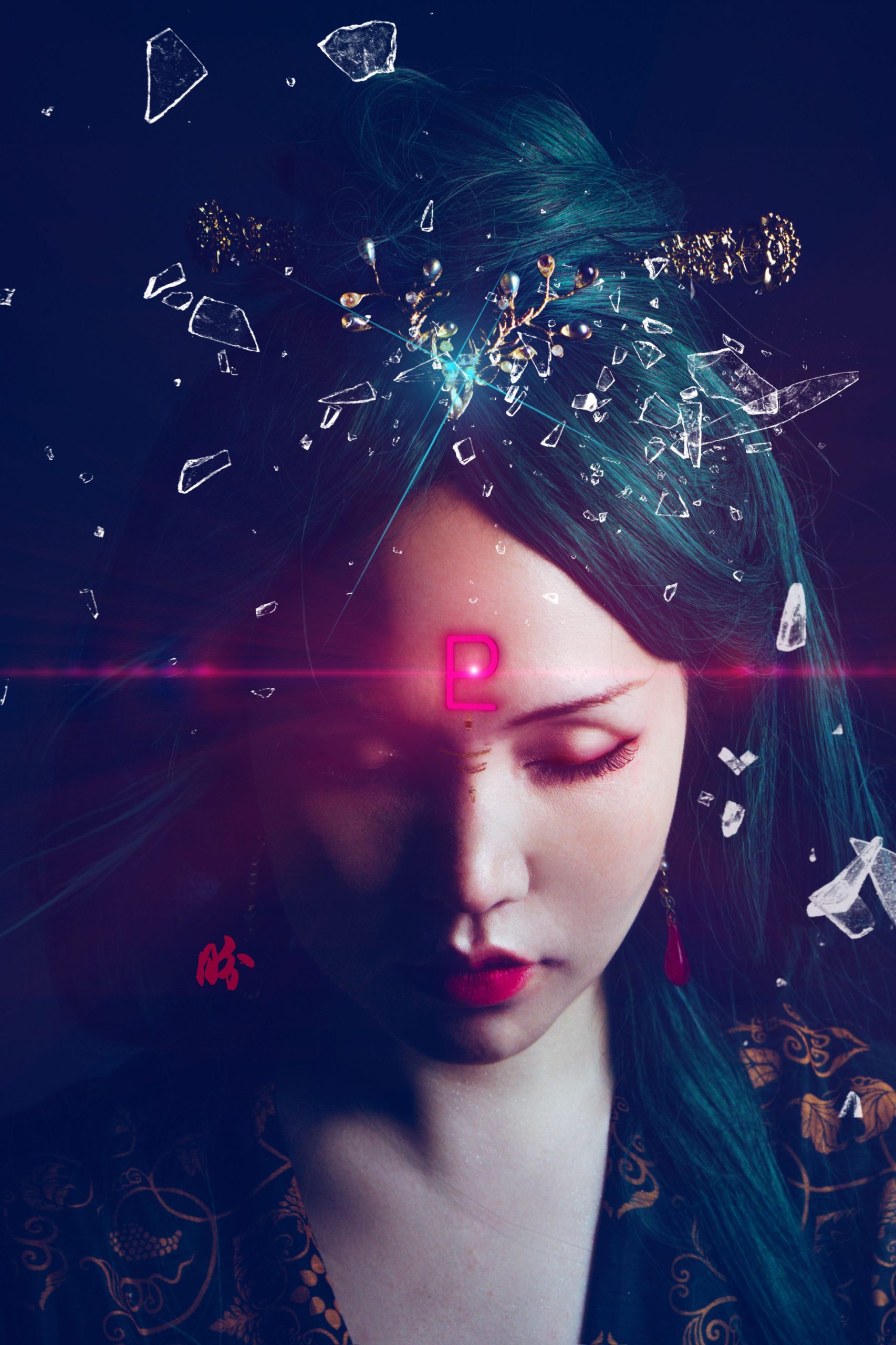
ALMOST THERE! The second last of the whole Sailormoon series to be awakened to her power–Sailor Pluto! Since Avengers Endgame’s going to be out, I just cannot resist the reference to the characters in the show–very much like Dr Strange, she controls the time stone, but wait, she also appears to have the space stone! She guards the gateway of space-time and forbids anyone from trespassing beyond without permission.
She sounded like she might have a chance against Thanos.
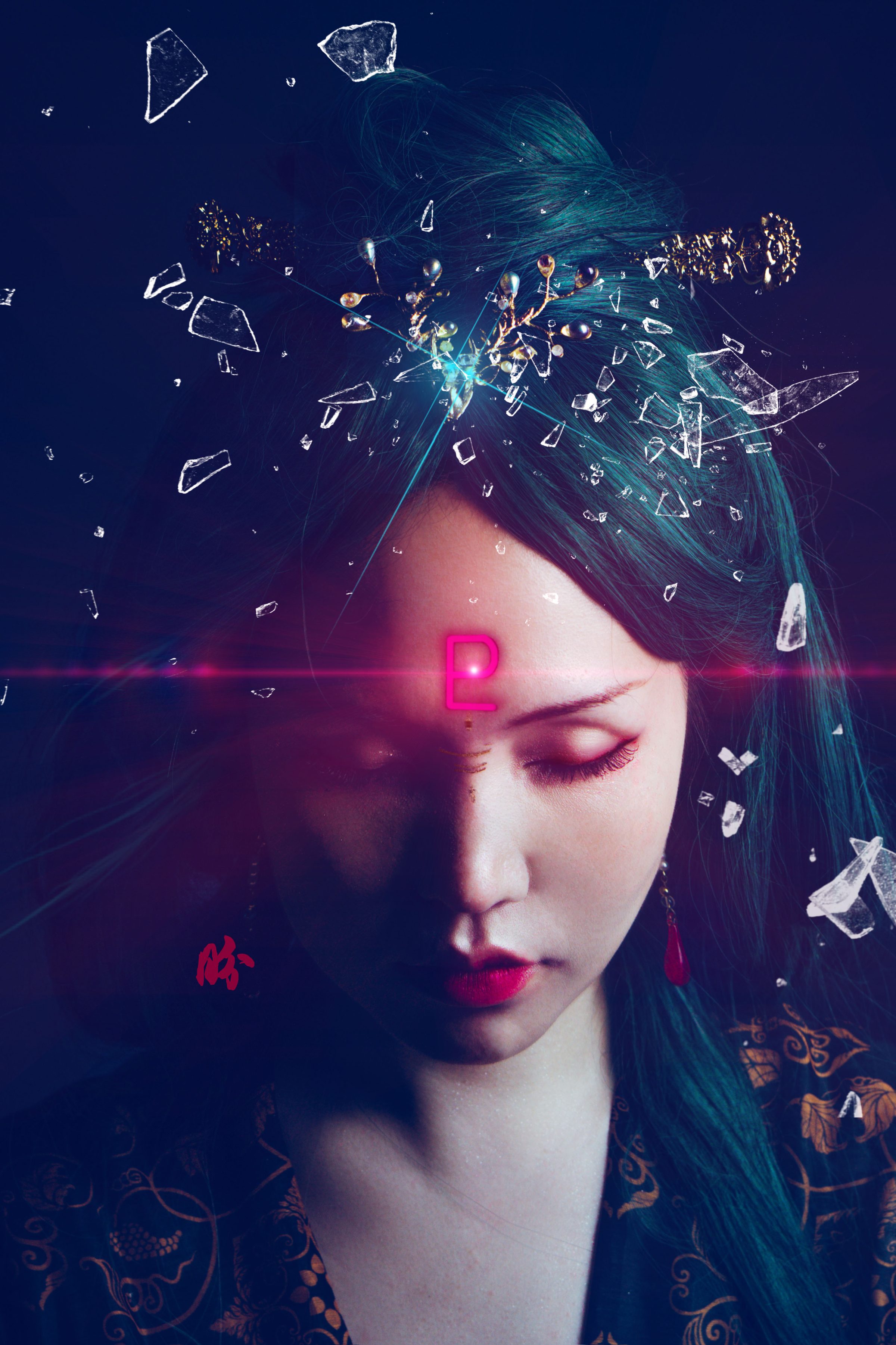
There are a couple of Chinese mythological figures related to the passage of time, seasons, night and day, but none (that I know of) controls time. Yes, there are mentions of a dragon in the classic of mountains and seas where the opening and closing of its eyes denotes day and night, and another mythical creature that knows the past but nothing of the future.
Interestingly, none of the mythological stories I know of actually mentions actually having the portal to past and future and could control time. I wonder if that is something that is a modern concept, evolved from scientific research and theories, and if it reveals how the ancients regarded time.
I was told by a friend many years ago, there were some really ancient tribes which did not have the concept of future in their language, so they live in the present and there’s past, but there’s no future.
The closest match for Sailor Pluto in Chinese mythology is probably the mother of Suns and Moons–Xi He. She was also believed (by some scholars) to be the original form of Chang’e the moon goddess.
 As we have established in the previous articles, fan fiction has been a long-existing genre in Chinese stories and beliefs, so there are many variations of the story of Xi He as well. In one most popular version, she is the mother of 10 suns (which subsequently got arrogant and shot down by Yi the Archer). She would be seen riding on a chariot with the Suns and bringing them to ‘work’. She has also ‘spotted’ in the written text bathing the Suns (like babies!). That’s the ancient way of making sense of nature in a human-relatable form.
As we have established in the previous articles, fan fiction has been a long-existing genre in Chinese stories and beliefs, so there are many variations of the story of Xi He as well. In one most popular version, she is the mother of 10 suns (which subsequently got arrogant and shot down by Yi the Archer). She would be seen riding on a chariot with the Suns and bringing them to ‘work’. She has also ‘spotted’ in the written text bathing the Suns (like babies!). That’s the ancient way of making sense of nature in a human-relatable form.
In a way, she controls days and night, and thus the Chinese’s concept of time. There are different guardians in Chinese ancient beliefs–guardians of day and night, the hours, the seasons and the different realms/worlds, as such, it is particularly poignant that Sailor Pluto was also portrayed as the guardian of the gateway to time instead of the ability to control time in itself.
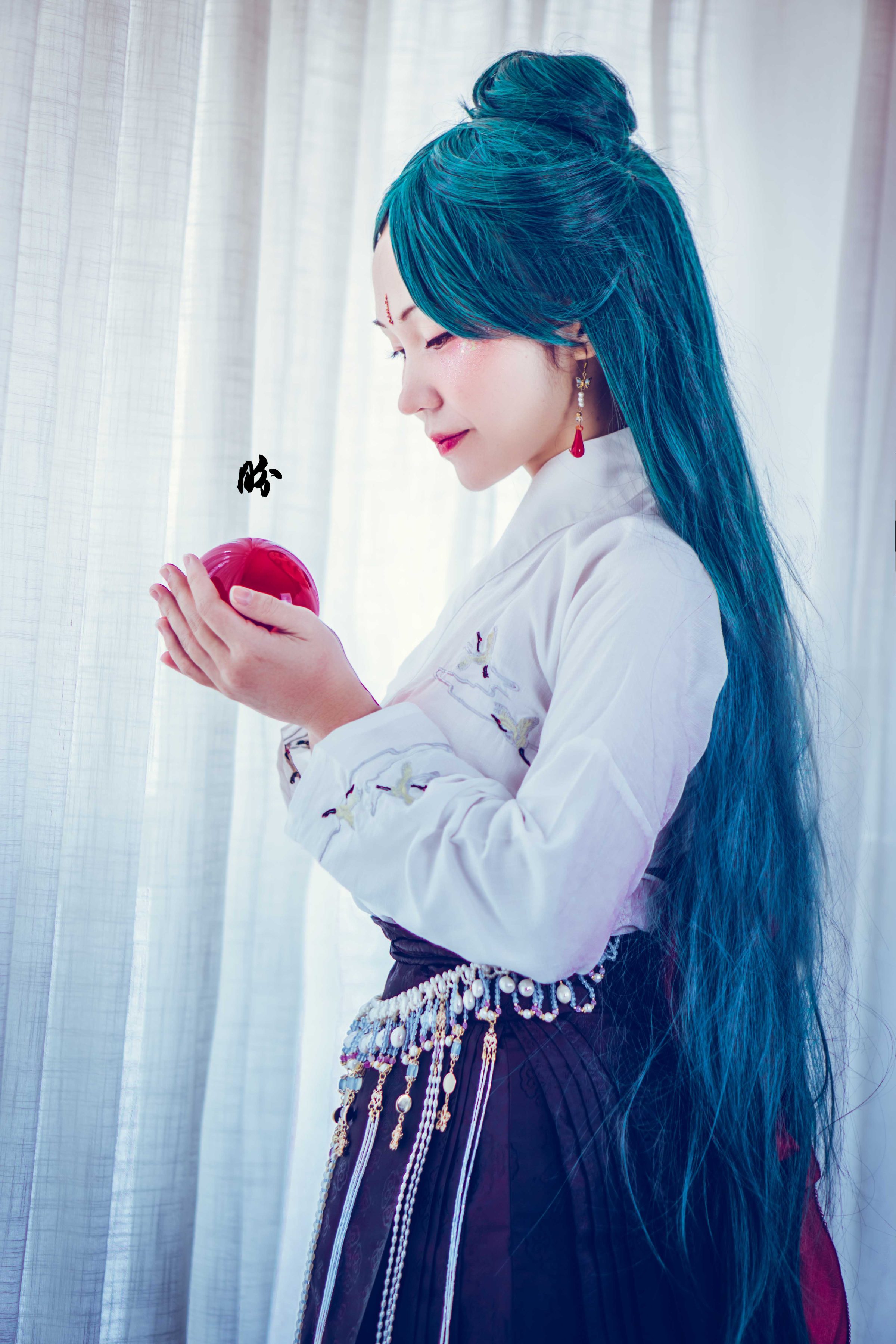
The iconic items/weapons of Sailor Pluto would be her waist chain made up of keys, and without those keys, one would get lost traveling through the portal of time-space.
And, there’s this Garnet orb which, when combined with 2 more sacred items would bring about the awakening of Sailor Saturn (last entry, stay tuned). I love how this 3 sacred item plot detail is steeped in the Japanese imperial tradition–the Imperial Regalia of Japan AKA the 3 Sacred Treasures of Japan (yes, I didn’t know about it too!).
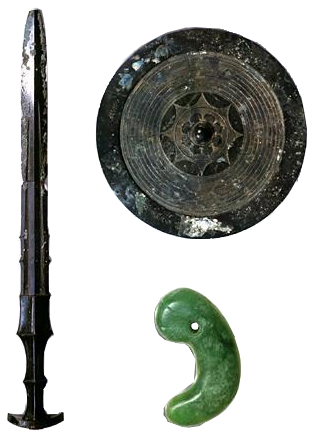
The 3 sacred items of imperial Japan are the sword, the mirror, and the jewel (or jade) which represent valor, wisdom, and benevolence respectively. And they were believed to be brought to earth by the legendary ancestor of the Japanese imperial line who was sent by his grandmother, the Sun Goddess Amaterasu, to pacify Japan.
Of course, if you find the mention of sword and mirror in sailormoon series vaguely familiar (assuming you actually are following this series, which I admit and have been told is quite niche), this might suddenly click:
That’s right–Sailor Uranus, Sailor Neptune and Sailor Pluto are all embodiment of the 3 important “infinity stones”. None of the inner solar system ones have that, so they are also seen as much more powerful and mysterious than the original few.
I mentioned the Sun Goddess Amaterasu. If you are new to Japanese mythology, you have to know the Sun Goddess Amaterasu. She is really central to the Japanese belief as she is after all the creator of the universe and the sun in the Shinto belief. Repeatedly, we see how ancient civilisation are a lot more matriarchal than we thought, and it is not unique to the Chinese culture. Someone mentioned that the East (although generalising there) is the embodiment of femininity whereas the West is the embodiment of masculinity. I have yet to properly examine that statement, but it definitely sounds like it from a mythological point of view!
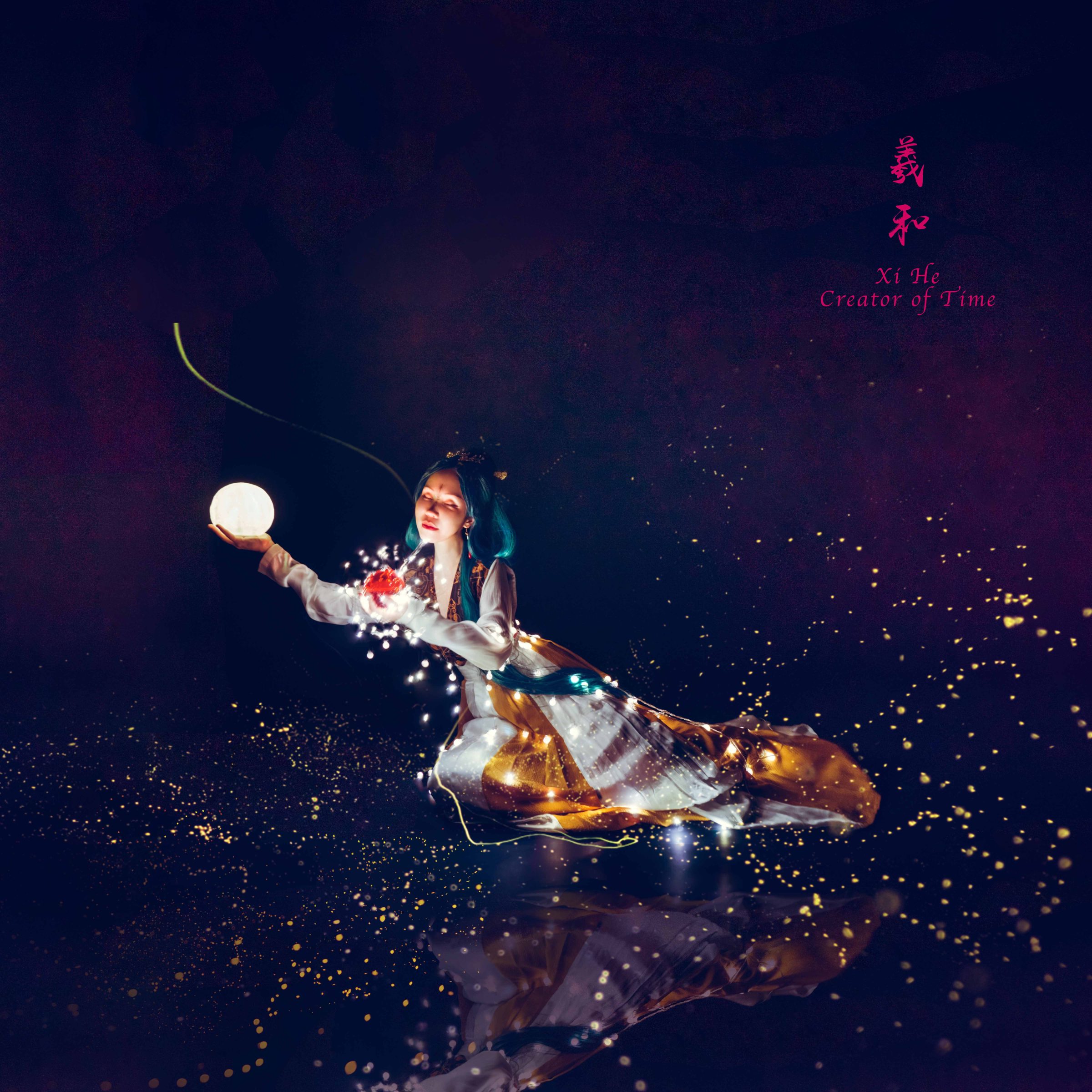
So back to the other sun goddess–Xi He. The ancient Chinese believed that the 10 suns/sons (haha!) of Xi He lived in a vally beyond the eastern sea. There was a huge tree by the name of Fu sang, which is basically made up of 2 huge mulberry trees. Mulberry trees are like the sacred trees in ancient Chinese mythology because of their association with silkworms. and you see them appearing quite often in ancient stories, often symbolising something romantic or ideal.
So the 10 Suns and sun goddess all have a treehouse on this huge mulberry tree(s). And the 10 Suns take turns to go to work, driven by their mother, the Sun goddess, on her grand chariot pulled along by 6 dragons. Yes, the archetype of motherhood, dates back to thousands of years ago and is still relevant today.
Before going to work, the mother will give the Sun-kid a good shower, to make sure they appear bright and sparkly and although there are altogether 16 stops for the Sun report to, the Sun Goddess will drop off the Sun-kid at the 14th stop so the Sun-kid would walk to the final stops himself (I suspect that might be by the request of the Sun-kid after a certain age, to avoid embarrassment or something). And she would rush back home to the Mulberry trees to get ready the next one for work! WOW, all in a day’s work of a typical mom!

In the Greek mythology, Pluto is actually Hades (and a few other gods infused together) and also the ruler of the underworld, and the garnet red orb that Sailor Pluto has was in reference to the pomegranate consumed by Persephone (daughter of Zeus and Demeter). Persephone was tricked by Hades to consume it and as a result, had to spend a third of each year in the underworld. In Japanese, apparently, garnet is also known as the “pomegranate stone”. The Chinese translation of Pluto is 冥王星 which means the star of the underworld ruler–I love this translation.
There’s a lot of poetry and meaning behind translations, and I hope that I am able to translate ancient culture to modern ones effectively too.
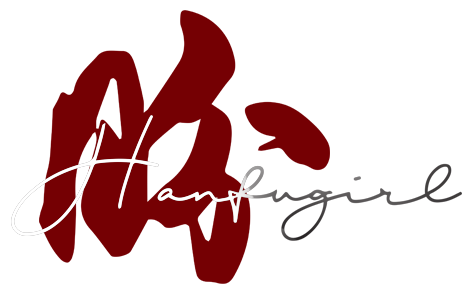
Leave a Reply